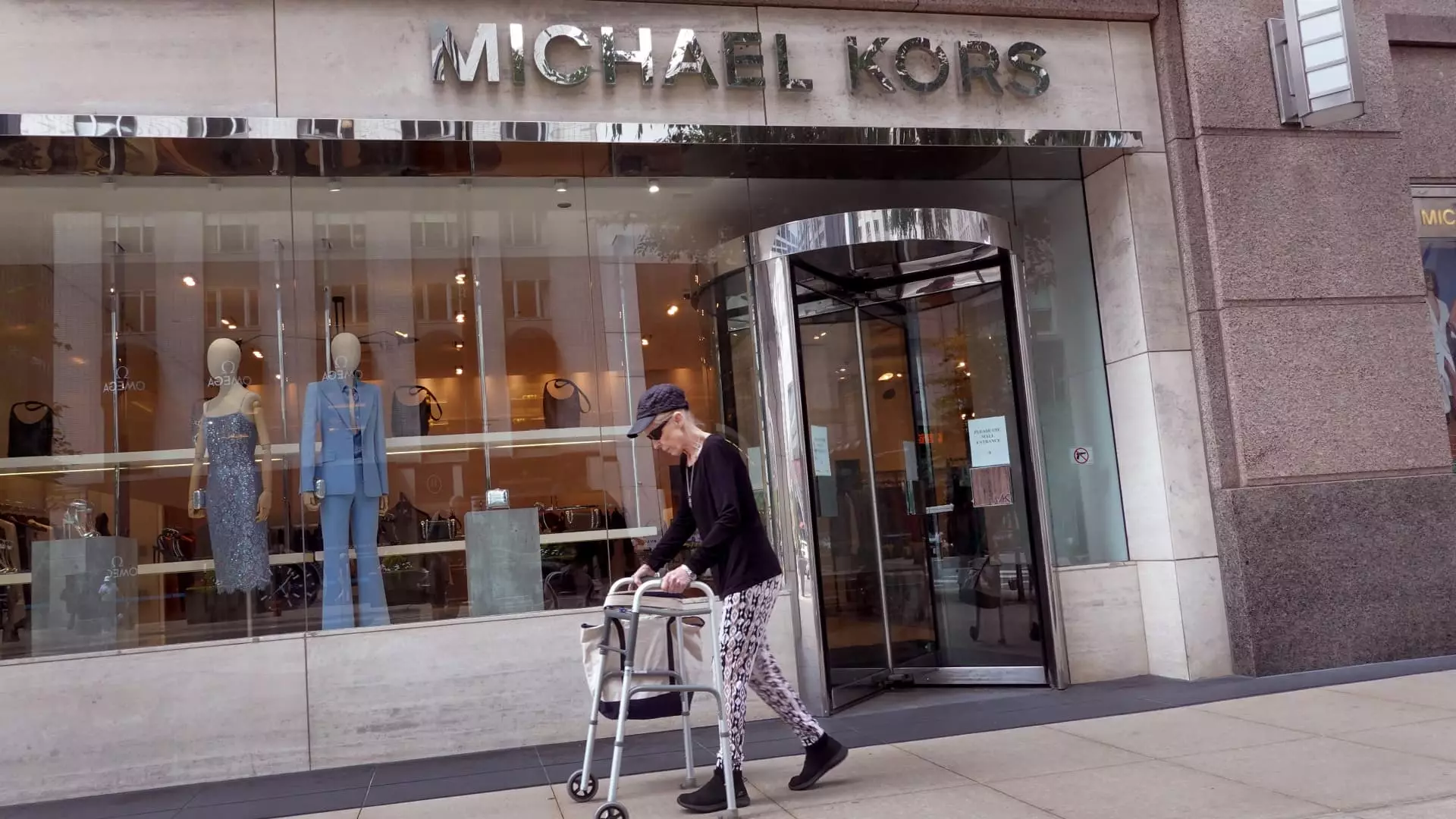On Thursday, the high-profile merger between two titans of the luxury goods sector, Capri Holdings and Tapestry Inc., was formally abandoned, following a decisive legal challenge from the Federal Trade Commission (FTC). Initially announced in August 2023, the proposed $8.5 billion deal set out to blend the brand portfolios of the two companies, which include major players like Coach, Kate Spade, and Michael Kors. However, regulatory scrutiny raised critical concerns, emphasizing potential drawbacks for consumers and employees alike, which led to a considerable backlash resulting in the FTC’s lawsuit against the merger.
Capri’s CEO John Idol encapsulated the decision to terminate the merger by emphasizing a mutual agreement between both parties to prioritize their respective futures amidst regulatory uncertainty. With a looming expiration date for the merger agreement set for February, both companies recognized that the prospects of clinching the necessary regulatory approvals were dim and unfeasible.
The FTC’s intervention showcases a growing trend of stringent regulatory oversight in the U.S., especially concerning the merger and acquisition landscape within highly concentrated markets, such as luxury goods. In April, the FTC detailed its case for blocking the merger, articulating concerns that the consolidation would undermine competition and ultimately lead to a diminished consumer experience.
Following the FTC’s legal actions, a federal judge backed the agency by granting a preliminary injunction aimed at halting the deal. Tapestry’s subsequent announcement to appeal this ruling further underscored the contentious and uncertain atmosphere surrounding the merger.
In a Tuesday news release post-termination, Tapestry conveyed that they would redirect their strategies towards organic growth, indicating that they have alternative paths for expansion unencumbered by the failed merger. CEO Joanne Crevoiserat highlighted a renewed focus within the company, referencing strong past performance and emphasizing their ability to adapt and flourish without the merger. Tapestry intends to harness the financial freedom from the abandoned deal to initiate a $2 billion share repurchase program, signifying confidence in their brand’s growth trajectory independent of Capri.
In stark contrast, Capri seems to face a more tumultuous road ahead. Following the annulment of the merger agreement, the struggle to regain market confidence became evident as Wall Street analysts began to question Capri’s valuation amidst a downturn in performance and stock prices. Capri’s strategy for revitalization now hinges on addressing the decline in sales for their flagship brand, Michael Kors. According to Idol, Capri is implementing strategic initiatives aimed at enhancing brand desirability through invigorated marketing, compelling product offerings, and an enriched omni-channel experience.
The immediate market response to the merger’s cancellation illustrated the varying perceptions of the two companies’ futures. Analysts observed a stark divergence in stock performance: Capri’s shares plummeted by approximately 50% following the FTC ruling, while Tapestry experienced a notable uptick of about 10%. As trading resumed post-announcement, Tapestry’s shares continued to rise by around 6%, showcasing investor optimism, whereas Capri’s shares declined by a similar margin.
The analysts’ changing sentiments towards the merger reflect broader market apprehensions regarding the viability and strategic fit of Capri within Tapestry’s portfolio. This atmosphere puts pressure on Capri to solidify its brand identity and clarify its future direction, as there remains a pertinent concern about the sustainability of its business model given recent performance metrics.
The cessation of the Capri-Tapestry merger marks a significant juncture in the luxury market landscape, underscoring the complexities associated with large-scale corporate consolidations in the current regulatory climate. For both companies, the road ahead now presents a myriad of challenges and opportunities—Tapestry is positioned to accelerate its growth trajectory autonomously, while Capri must embark on a revitalization initiative to regain its footing in a highly competitive sector.
As both companies strategize for the future, the luxury market remains closely watched by stakeholders keen on understanding the implications of such high-stakes corporate maneuvers. The next chapter for these iconic brands will be crucial in determining their competitive standing and ability to innovate in an ever-evolving marketplace.

